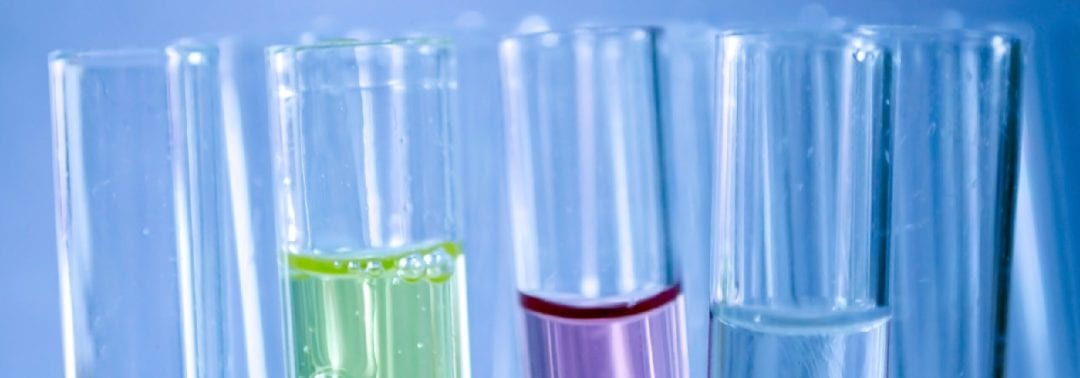The chemicals company Clariant announced a new amide- and amine-free anti-static masterbatch concentrate for polyethylene films to be used in pharmaceutical production. “The introduction is timely due to the changes in industry standards which, by 2020, will limit the acceptability of many of the currently used films that contain amide- and amine-based anti-stats”, said Stephen Duckworth, Clariant’s Head of Global Segment Medical and Pharmaceutical. For the first time, plastics used in pharma manufacturing, including anti-static films, will need to comply with the same standards as plastics packaging used for finished pharmaceuticals.
“Anti-static additives are routinely incorporated in the polyethylene ‘clean-room films’ that line containers and dispensers for active pharmaceutical ingredients (APIs), and in the tubes used to transfer powdered and liquid API during drug production. They are important because the anti-static properties help to reduce the risk of dangerous conditions like explosions”, he explained.
When incorporated into PE films the new anti-static provides good static-dissipating performance and a competitive cost profile relative to alternatives, as the Swiss company reported. It has already been tested to the stricter new United States Pharmacopeia (USP) pharmaceutical standard for pharmaceutical-contacting plastics, which are scheduled to come into force in 2020. The new standard USP ‘Plastic Components and Systems Used in the Manufacturing of Drug Products’ will apply the same risk-based assessment of materials. Plastic components and single-use containers are increasingly used in manufacturing processes, particularly biological manufacturing processes. Despite their advantages, these plastic assemblies elicit concerns about chemical compounds that may leach or migrate into finished products and impact product quality or safety.

















